The most impressive ancient engineering feats
Throughout history, the ingenuity of ancient civilizations has left us with architectural wonders that continue to baffle and inspire. These marvels showcase the creativity and resourcefulness of our ancestors, who crafted impressive structures without the aid of modern technology.
From massive stone edifices to intricate water systems, the feats of ancient engineering demonstrate a profound understanding of mathematics, astronomy, and art. Let’s embark on a journey to explore these fascinating achievements that have stood the test of time.
The Great Pyramid of Giza: A Monumental Mystery
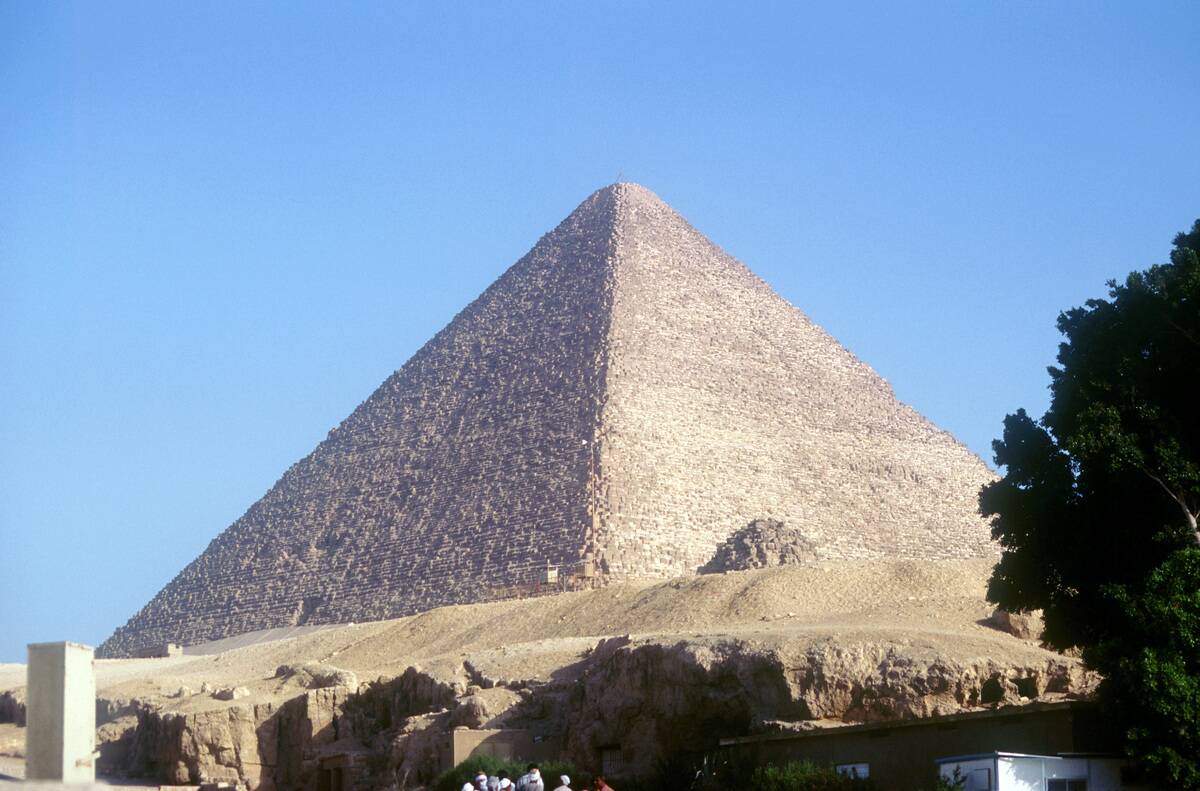
The Great Pyramid of Giza, built around 2560 BC, is one of the most enduring symbols of ancient Egypt and the only surviving wonder of the original Seven Wonders of the Ancient World.
Standing at an original height of 146.6 meters (481 feet), it was the tallest man-made structure for over 3,800 years. Despite numerous theories, the exact methods used to construct this massive pyramid remain a mystery, inspiring endless fascination and speculation among historians and archaeologists.
Stonehenge: The Enigmatic Stone Circle
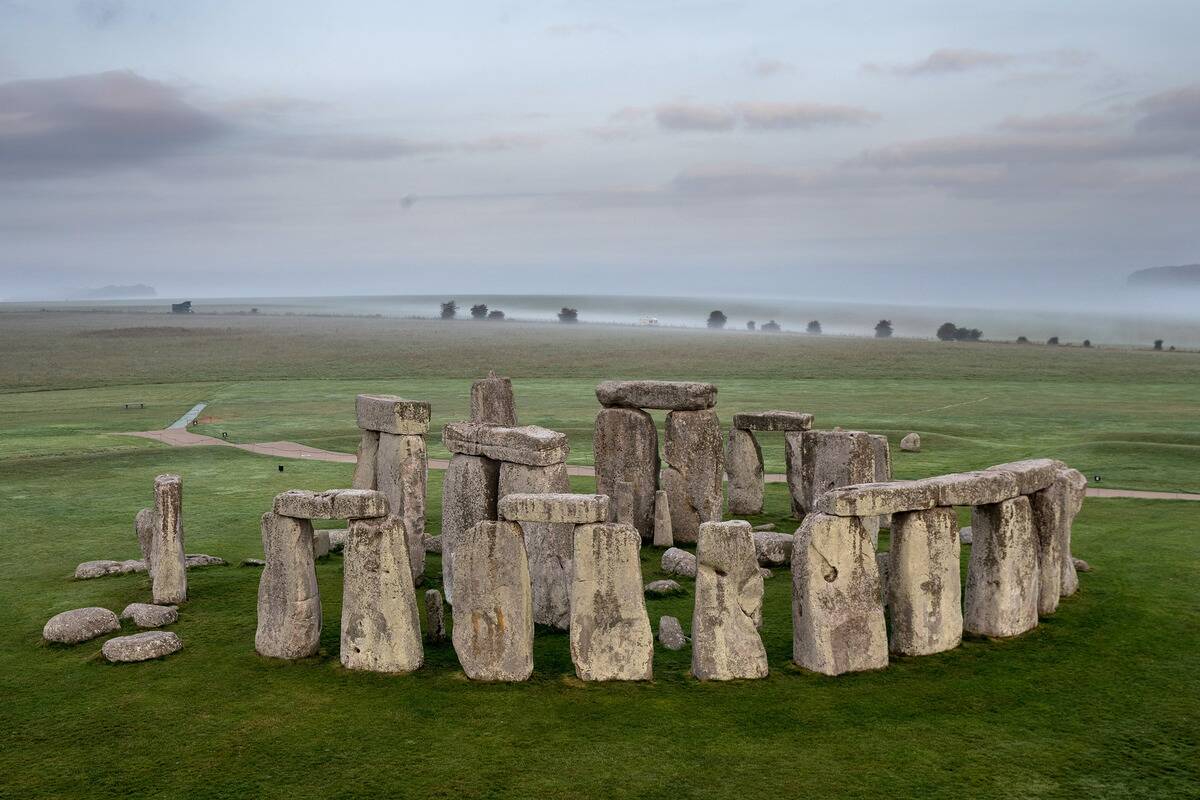
Stonehenge, located in Wiltshire, England, is a prehistoric monument dating back to around 3100 BC. Its colossal stones, some weighing over 25 tons, were transported from as far away as Wales, roughly 150 miles away.
The purpose of Stonehenge remains a topic of debate, with theories ranging from an astronomical observatory to a ceremonial site. The alignment of the stones with the solstices suggests a sophisticated understanding of astronomy by its builders.
The Colosseum: Rome’s Grand Amphitheater
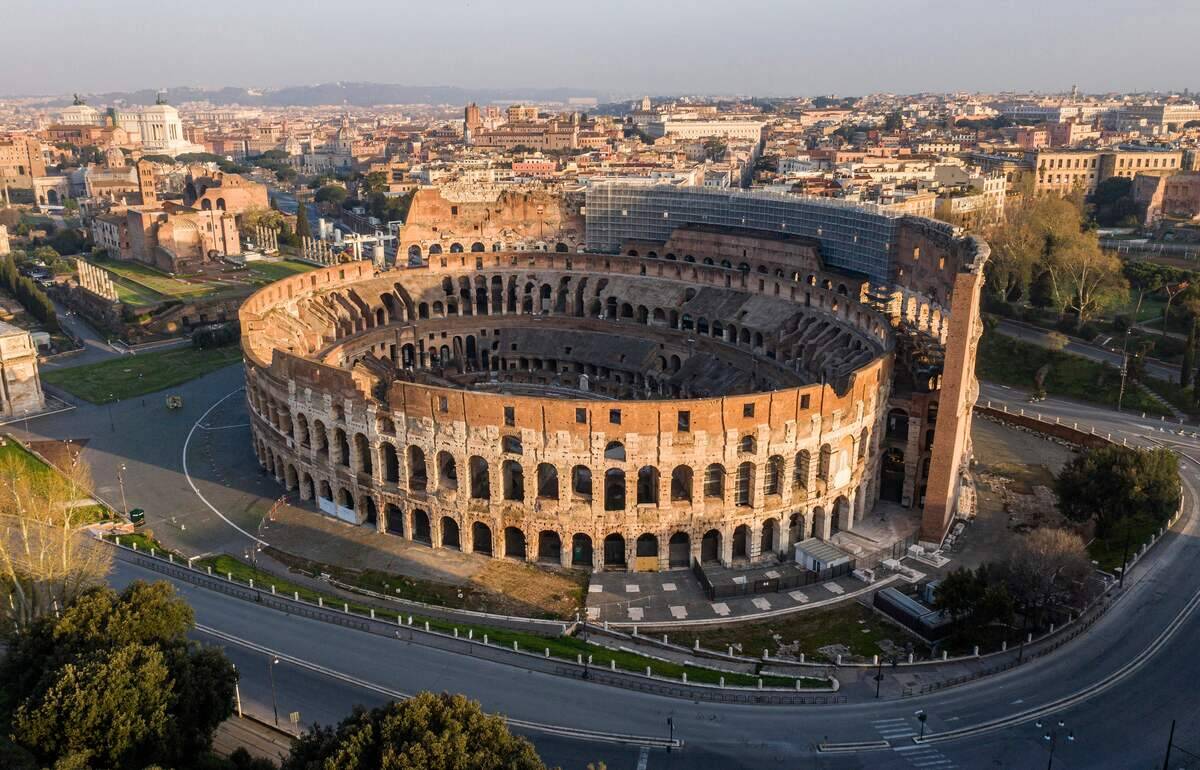
The Colosseum, also known as the Flavian Amphitheatre, is a monumental testament to Roman engineering and architecture. Constructed in AD 80, it could host up to 80,000 spectators who gathered to watch gladiatorial contests and public spectacles.
Its complex system of vaults and arches allowed for quick crowd dispersal, showcasing the Romans’ advanced design skills. Remarkably, the Colosseum’s influence can still be seen in modern sports stadiums around the world.
The Great Wall of China: A Massive Defense Strategy

Stretching over 13,000 miles, the Great Wall of China is a testament to the country’s historical focus on defense. Built over several dynasties, its primary purpose was to protect against invasions from northern tribes.
The wall’s construction involved more than just stone and earth; it incorporated watchtowers, troop barracks, and signal stations, creating an integrated defense system. Today, it stands as a symbol of China’s enduring strength and perseverance.
Machu Picchu: The Incan Wonder Among the Clouds
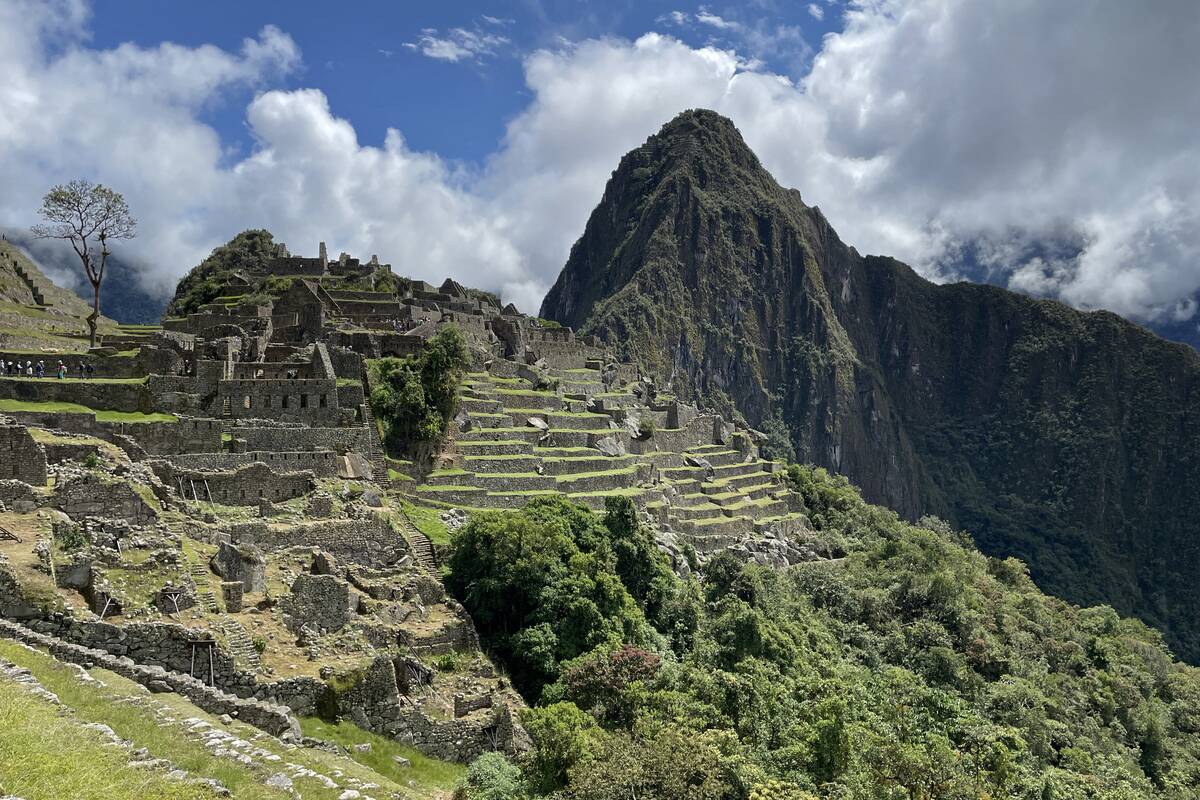
Perched high in the Andes Mountains, Machu Picchu is an Incan citadel built in the 15th century. Its precise stone construction, which has survived centuries of seismic activity, reflects the Incas’ advanced understanding of engineering and environmental harmony.
Discovered by Hiram Bingham in 1911, the site’s purpose remains elusive, speculated to be a royal estate or religious site. Its breathtaking beauty continues to draw visitors from around the globe.
Petra: The Rose-Red City Carved from Stone
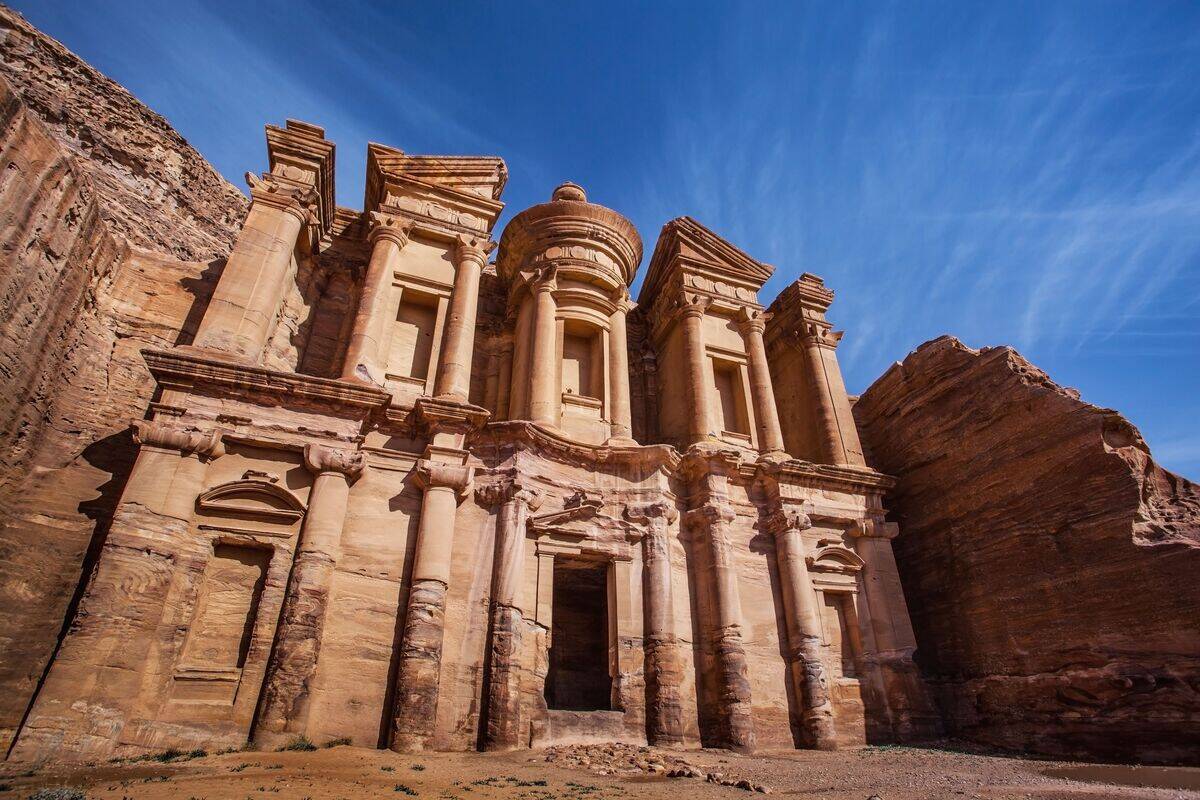
Nestled in the Jordanian desert, Petra is a stunning example of ancient Nabataean architecture. This city, carved directly into vibrant red sandstone cliffs, was a thriving trade hub around 300 BC.
Its most famous structure, Al-Khazneh or ‘The Treasury,’ showcases intricate carvings that have withstood the ravages of time. Petra’s sophisticated water management system, including dams and cisterns, highlights the Nabataeans’ ingenuity in adapting to their arid environment.
The Parthenon: Athenian Architectural Excellence
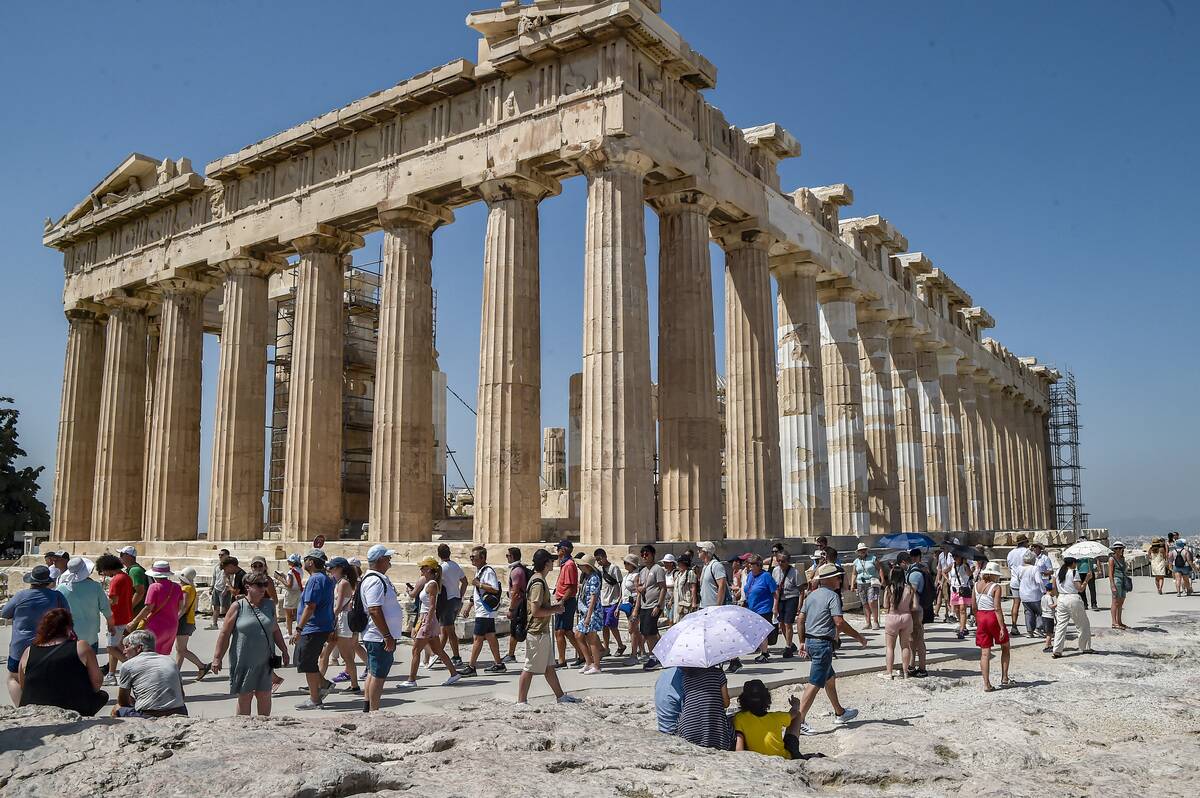
The Parthenon, perched atop the Acropolis in Athens, is a symbol of ancient Greek civilization and architectural prowess. Completed in 438 BC, this temple was dedicated to the goddess Athena, embodying the ideals of order and harmony.
Its Doric columns and innovative design, including slight curves to counter optical illusions, demonstrate a sophisticated understanding of aesthetics and engineering. Despite centuries of damage, the Parthenon remains a beacon of classical beauty.
The Aqueducts of Rome: Masterpieces of Water Management
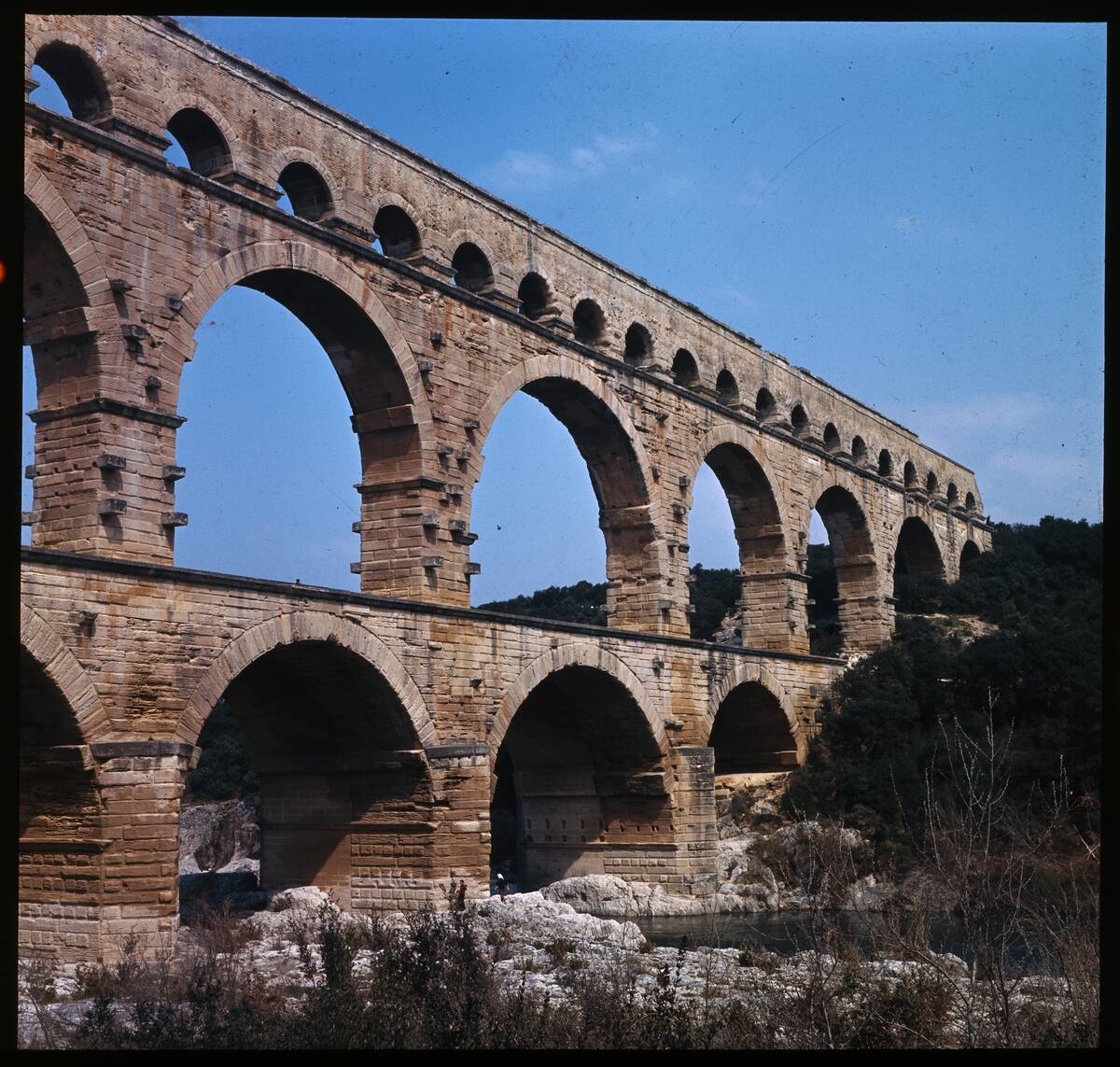
The Roman aqueducts were pivotal in shaping the growth and success of Ancient Rome, providing a reliable water supply to its inhabitants. Constructed between 312 BC and the 3rd century AD, these engineering marvels utilized gravity to transport water over long distances.
The impressive Pont du Gard in France, a UNESCO World Heritage Site, stands as a testament to Roman ingenuity and their ability to manipulate the natural landscape to suit their needs.
The Moai Statues of Easter Island: Giants of the Pacific
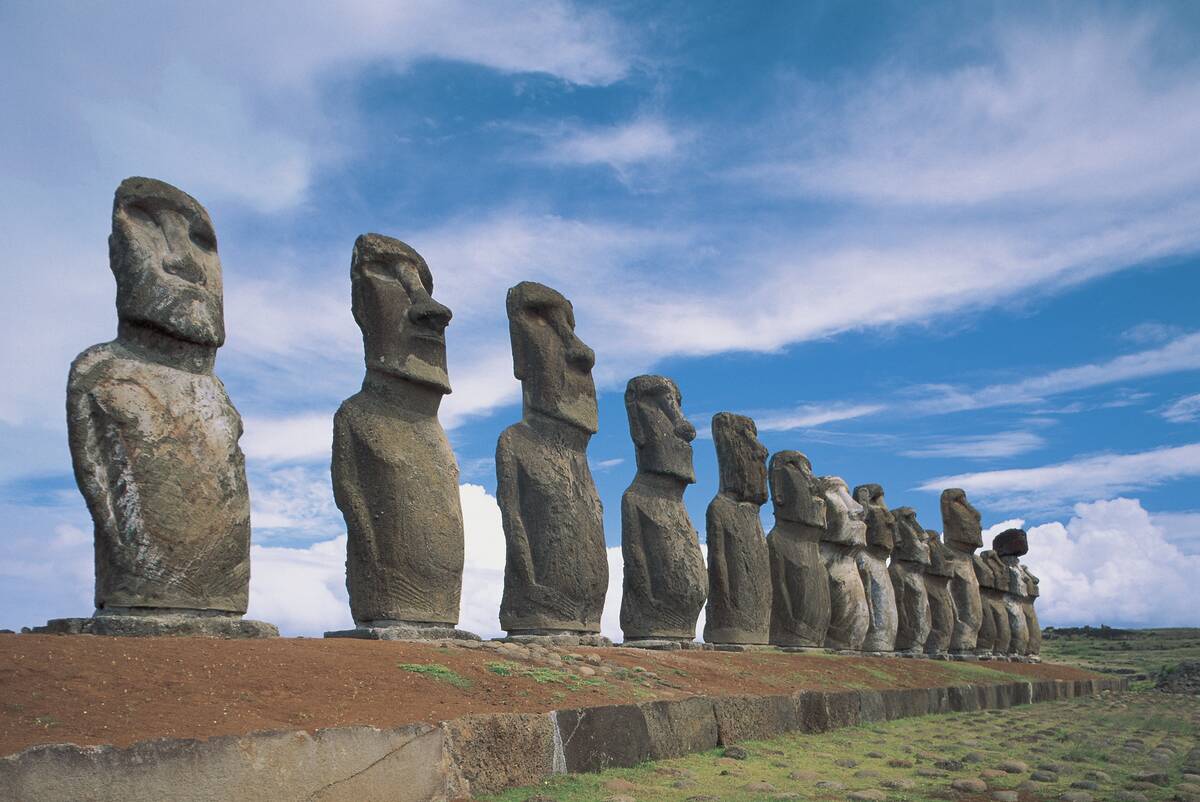
The Moai statues on Easter Island, or Rapa Nui, are enigmatic monolithic figures carved by the Rapa Nui people between 1250 and 1500 AD. These statues, some standing over 30 feet tall and weighing up to 82 tons, were transported across the island using methods that remain a subject of debate.
The Moai are believed to represent ancestral spirits, and their arrangement facing inland suggests a protective role over the island’s inhabitants.
The Hanging Gardens of Babylon: A Legendary Landscape
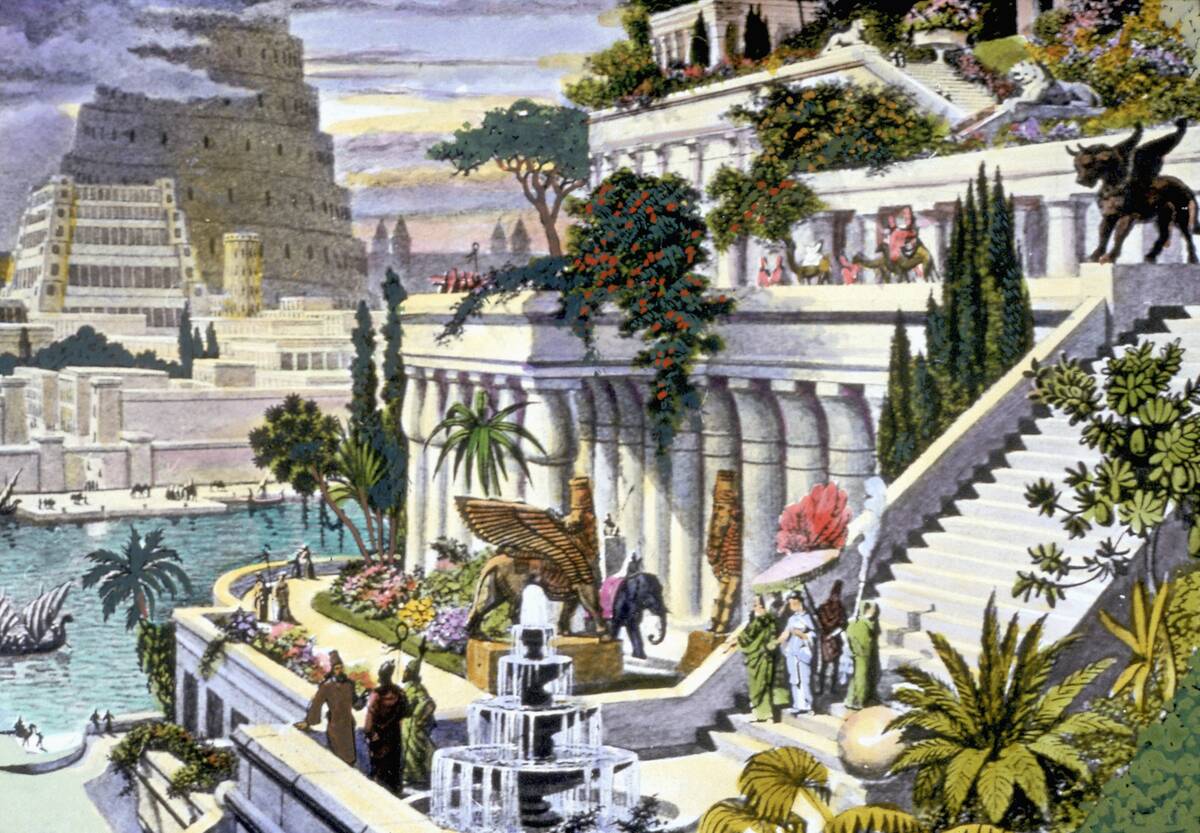
The Hanging Gardens of Babylon, one of the Seven Wonders of the Ancient World, are shrouded in mystery and legend. Thought to have been built by King Nebuchadnezzar II around 600 BC, they were said to feature lush terraces of exotic plants.
While their existence and precise location remain unconfirmed, ancient texts describe a remarkable irrigation system that kept the gardens flourishing in the arid climate, showcasing the ingenuity attributed to the Babylonians.
The Terracotta Army: Guardians of the First Emperor
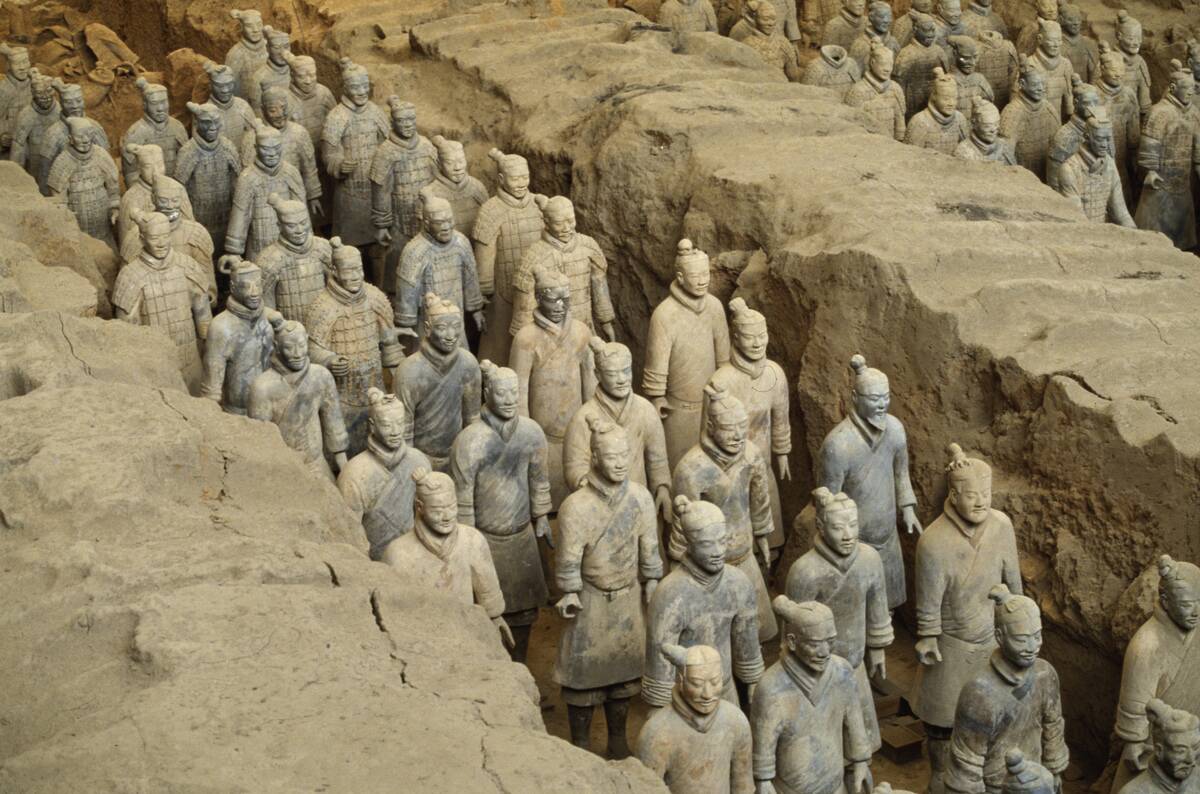
The Terracotta Army, discovered in 1974 near Xi’an, China, is a vast collection of life-sized clay soldiers buried with China’s first emperor, Qin Shi Huang, in 210–209 BC. This army, consisting of over 8,000 soldiers, horses, and chariots, was intended to protect the emperor in the afterlife.
Each figure is uniquely detailed, reflecting the diverse range of soldiers in the emperor’s army. This archaeological find offers profound insights into ancient Chinese military and cultural practices.
The Lighthouse of Alexandria: Guiding Light of the Ancient World
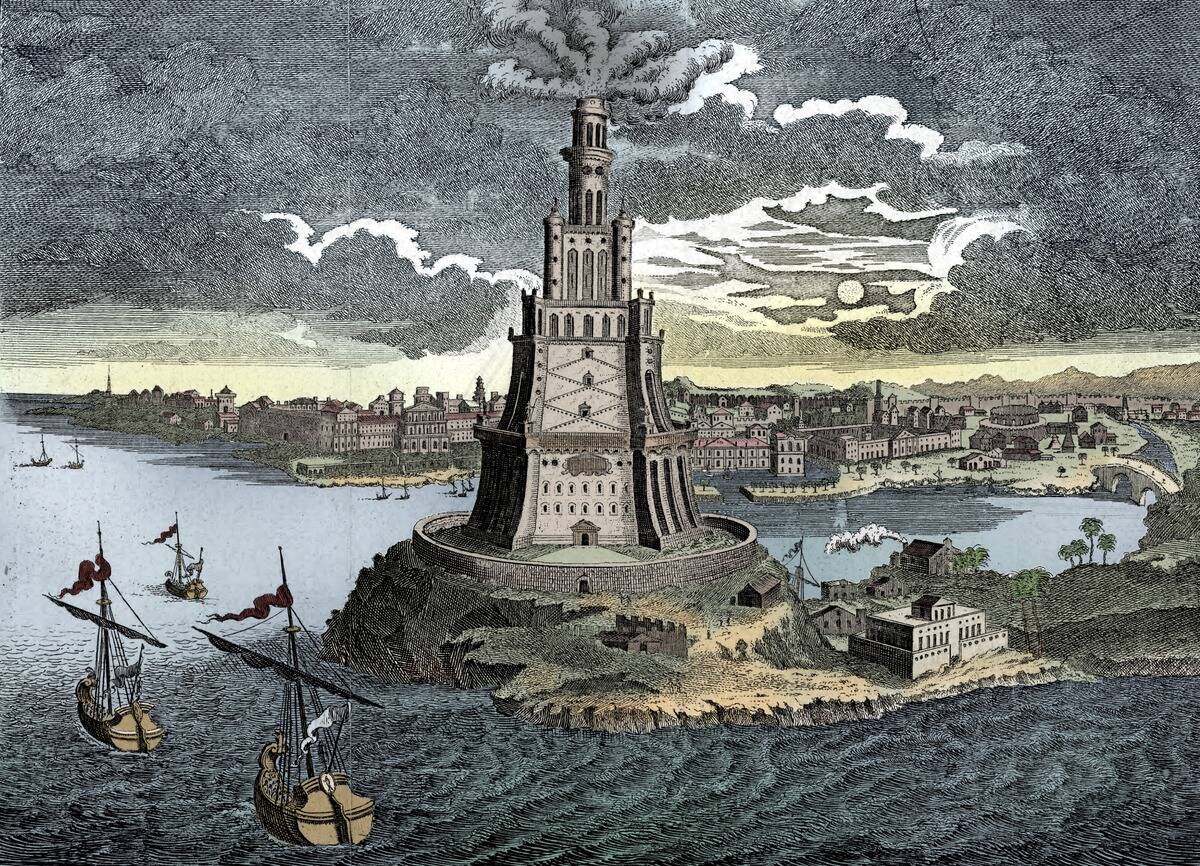
The Lighthouse of Alexandria, also known as the Pharos, was a towering beacon that guided sailors safely to the Egyptian coast. Built on the island of Pharos in the 3rd century BC, it stood at least 103 meters (or 338 feet) tall, making it one of the tallest man-made structures of its time.
Its innovative design included three tiers and a mirror to reflect sunlight during the day and a fire at night. Although it no longer stands, it remains an iconic symbol of ancient maritime navigation.
The Temple of Karnak: The Largest Religious Complex
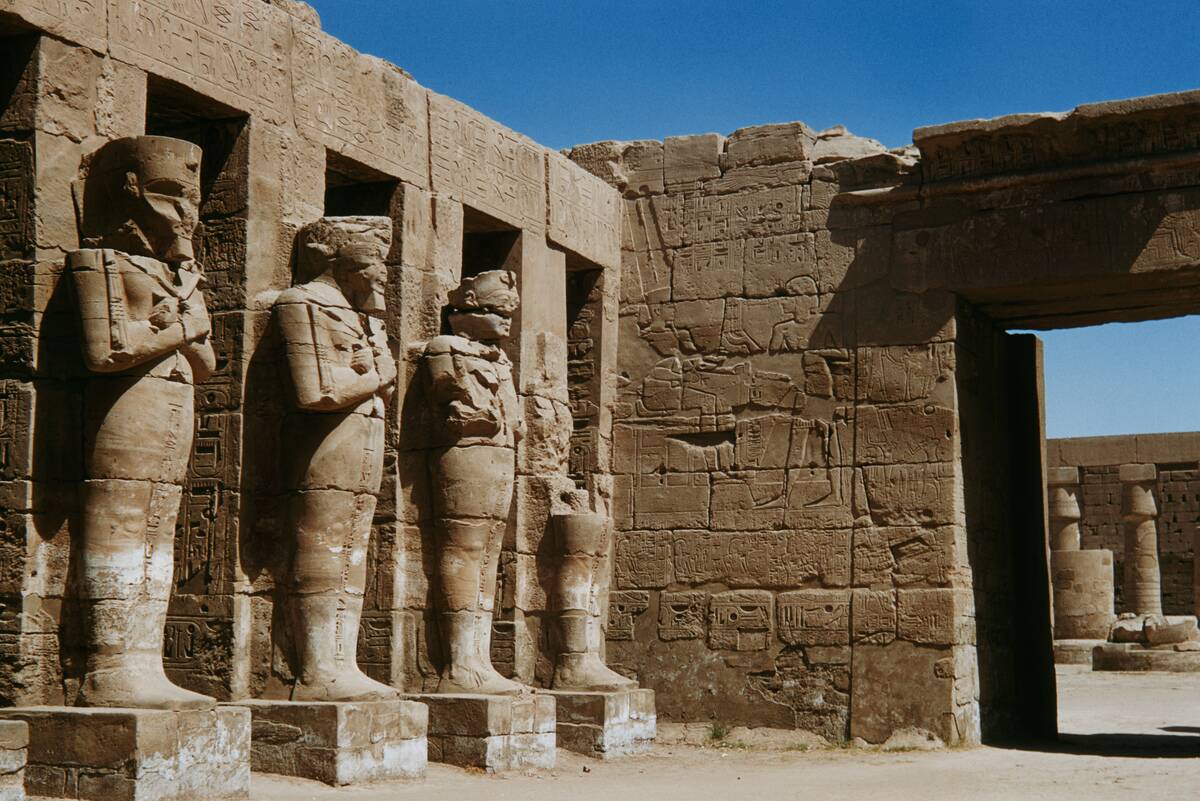
The Temple of Karnak, located in Luxor, Egypt, is a sprawling complex dedicated to the Theban gods. Spanning over 200 acres, it was built and expanded over 2,000 years, beginning around 1970 BC.
The site features a vast array of temples, chapels, and obelisks, with the Great Hypostyle Hall being one of its most impressive features, containing 134 massive columns. Karnak’s grandeur and architectural sophistication reflect the religious and political power of ancient Egypt.



